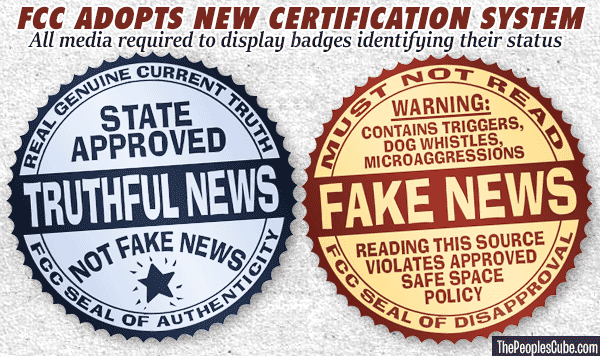
Myla Wofford, of Oakland, opens the door of a 2007 Jeep Grand Cherokee that was repaired and donated to her during Mike Rose Auto Body's 14th annual Benevolence Program in Antioch on Dec. 17, 2014. Wofford, a single mother of two children, has never owned a car before receiving her Jeep Cherokee. (Dan Rosenstrauch/Bay Area News Group)
ANTIOCH -- Myla Wofford grinned as she slipped behind the wheel of the gleaming white Jeep, the first car the 33-year-old has ever owned.
The Oakland single mother knows a thing or two about hardship, but for a few hours Wednesday she had a respite from a grinding schedule made even more difficult by the hours she spends every day on BART and public buses.
But not any more.
Wofford and her two children were among five needy families who received a set of wheels this week from a Bay Area business that has made the giveaway a holiday tradition for the past 14 years.
Crowds of onlookers applauded as one by one Mike's Auto Body employees whisked car covers and oversize red bows off the row of restored vehicles at the business' Antioch location, then handed over the keys, along with trunks full of wrapped gifts.

Myla Wofford, of Oakland, sits in the driver's seat of a 2007 Jeep Grand Cherokee that was repaired and donated to her during Mike Rose Auto Body's 14th annual Benevolence Program in Antioch on Dec. 17, 2014. (Dan Rosenstrauch/Bay Area News Group)
"You are truly angels," Antioch Mayor Wade Harper told the dozens of technicians, insurance agents and vendors who had had a hand in providing the early Christmas presents. "You are giving them freedom."
The Concord-based company culls used vehicles from among damaged ones that insurance companies and rental car agencies have donated, choosing those that are easiest to repair.
Mike's Auto Body has repurposed 56 vehicles since it began the outreach; this year's collection featured a Honda Civic, Ford Focus, Hyundai hatchback, Toyota RAV4 and a Jeep. Technicians volunteered nearly all their time to fix bumpers and, in the case of the Toyota, electrical problems under the dashboard.
The Contra Costa County Fire District showed up to the event with wheels of another sort -- bicycles and helmets for youngsters -- while a rental car company provided children's car seats and vendors pitched in with gift cards for gas and oil changes.In addition, Mike's Auto Body will pick up recipients' liability insurance premiums for one year.
The business finds potential recipients by putting out feelers in the communities that its shops serve as well as through the offer it runs on its website. Families apply for the help, which requires writing a letter explaining how reliable transportation would improve their lives. They also must have a valid driver's license and be insurable.
Marketing Director Sal Contreras, who established the giveaway, reads all the applications with an eye for individuals who are trying to better their situations and filters out requests from those with an attitude of entitlement.
He then shows a handful of the letters to the technicians who worked on the cars and lets them make the final decision.
Contreras calls the recipients on a speaker phone so employees can share their delight over the good news.
"Everybody goes crazy -- you get goose bumps," he said.
This year's winners included a single mother of three who bounced around homeless shelters after ending an abusive relationship before moving into a one-bedroom cottage. She needed a car to take her children to therapy as well as to have a chance of getting her old job back, which would necessitate a commute.
There was also the former U.S. Marine who's working toward a business degree and hopes to become a police officer; he had been borrowing a relative's vehicle to get around since an inattentive driver totaled his.

Tito Ramos, left, of Pittsburg, looks over his new 2014 Hyundai Hatchback as his kids Tito Ramos, 8, center, and Angelo Ramos, 2, right, and wife Melissa Ramos, in back, look over all the gifts that were in the trunk after the car that was donated to his family during Mike Rose Auto Body's 14th annual Benevolence Program in Antioch on Dec. 17, 2014. (Dan Rosenstrauch/Bay Area News Group)
The mother of a 13-year-old boy with kidney disease needs to take him to doctors' appointments out of the area but medical expenses had prevented her from replacing the car that broke down this summer.
There's the Minnesota family who moved to California so their young daughter could receive a double-organ transplant at Stanford University Medical Center only to have their minivan's transmission fail as they drove back and forth between Clayton and Palo Alto for medical appointments.
And then there's Wofford.
Working close to 80 hours a week, she estimates she has been spending an additional four hours a day on public transportation commuting between her jobs in Berkeley and San Francisco and shuttling her daughter to medical appointments.
"That (was) stealing precious moments, time that (my family) could spend enjoying each other," Wofford said.










